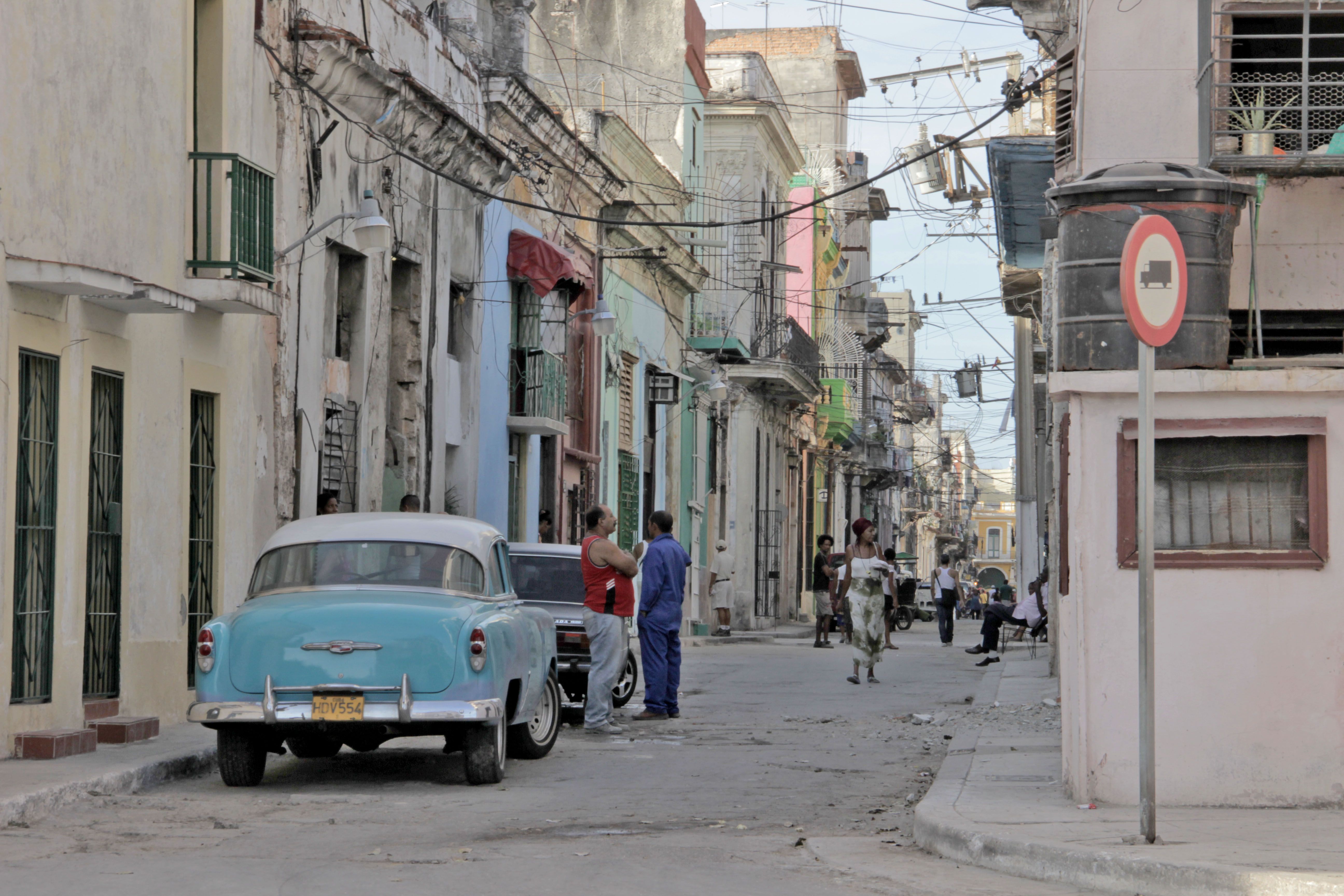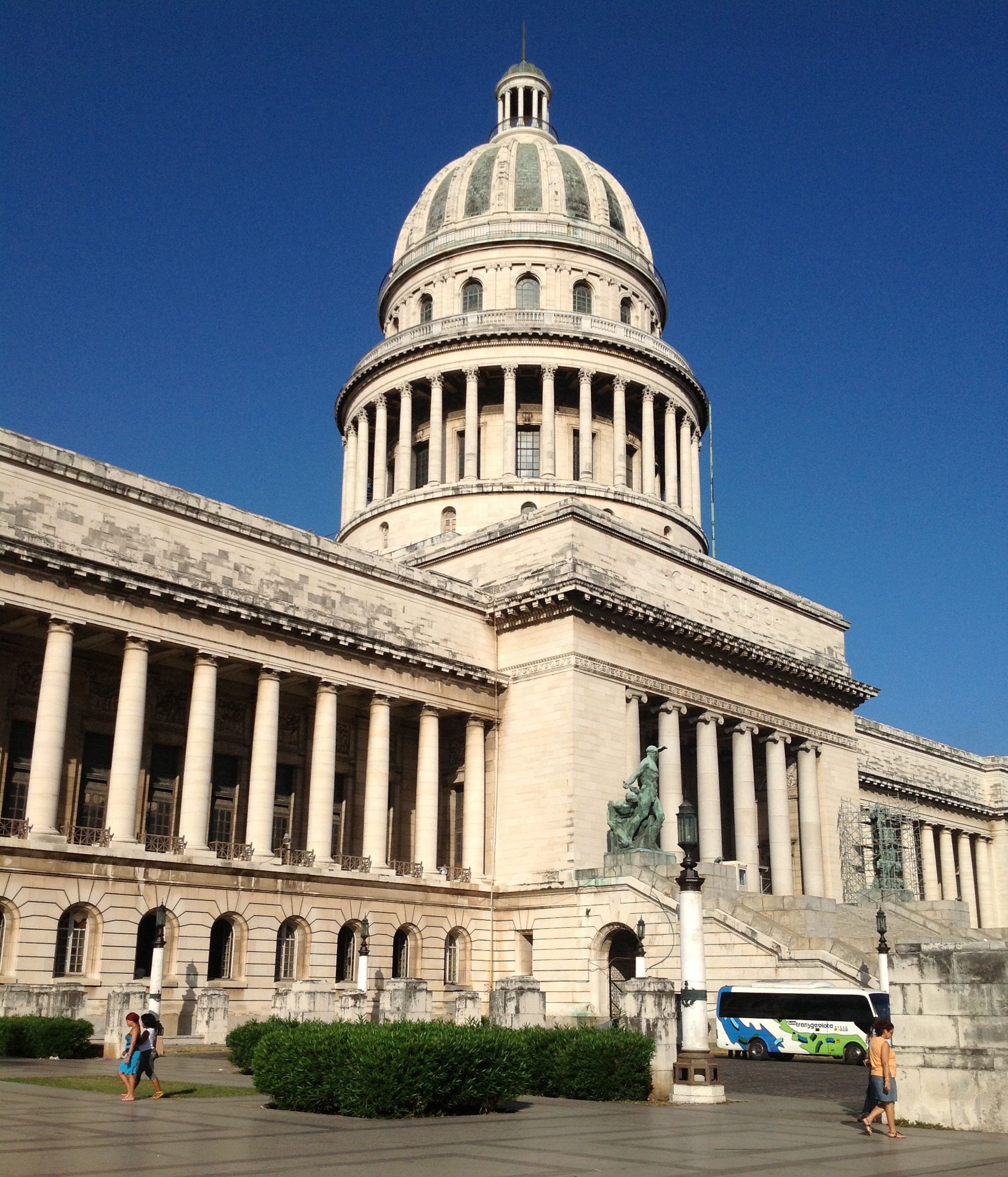Havana is a city of 2 million people, and it’s hard to forget it. During the day, even during typical working hours, throngs of people meander the narrow streets. In many places in Old Havana, sidewalks are hardly wide enough for a single person, and pedestrians and automobiles typically share the road. The streets in touristy Old Havana are lined with wastebaskets and cleaned frequently to keep city squares looking fresh and tidy, but venturing beyond view of the old villas-turned-hotels reveals a different city scene.
Crumbling buildings with chipped paint and slumping balconies overlook the often-littered streets and many railings are decorated with flapping laundry hung out to dry. Still, amid the grungy buildings that are intermingled with the rubble of collapsed walls, the essence of grandeur has not completely left Havana.

















